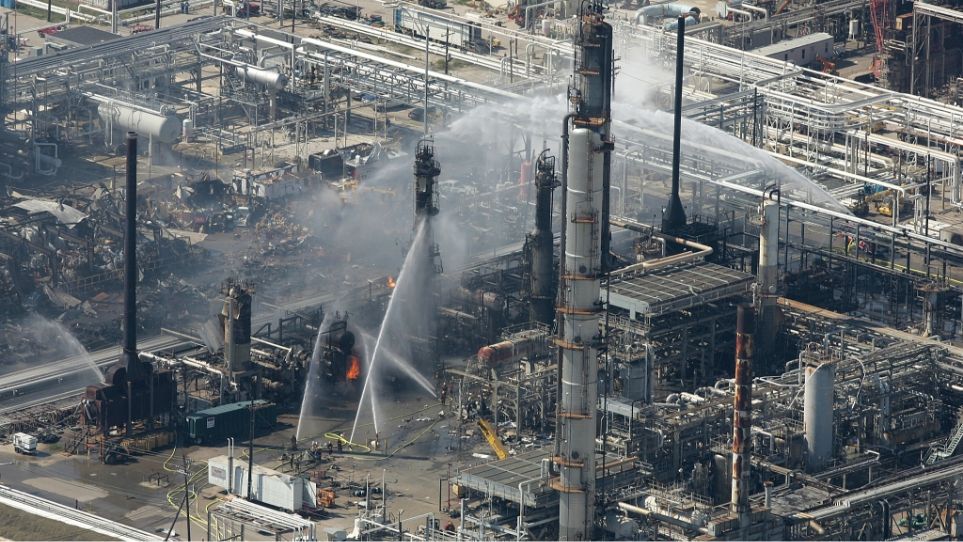Significance of Standardization
While maintenance procedures themselves are vital, standardization adds another layer of importance. Standardization, in this context, refers to creating uniform, consistent, and systematic procedures for similar equipment or processes. This means that a standard set of procedures can be applied instead of reinventing the wheel every time a piece of equipment requires maintenance.
Why is this so significant?
Standardization ensures that the same set of proven steps is followed every time a task is performed, whether by a different team member or at a different location. This uniformity guarantees consistency in the quality of maintenance and reduces the likelihood of errors, oversights, and inefficiencies. It also simplifies training and ensures that even in a large organization, everyone "speaks the same language" regarding maintenance.
Standardization streamlines processes and enhances accountability as deviations from the standard procedures become immediately apparent and can be addressed swiftly. Ultimately, the significance of standardization is that it enhances the reliability, predictability, and safety of maintenance activities, contributing to smoother operations and a more cost-effective approach to maintaining your valuable equipment and systems.




